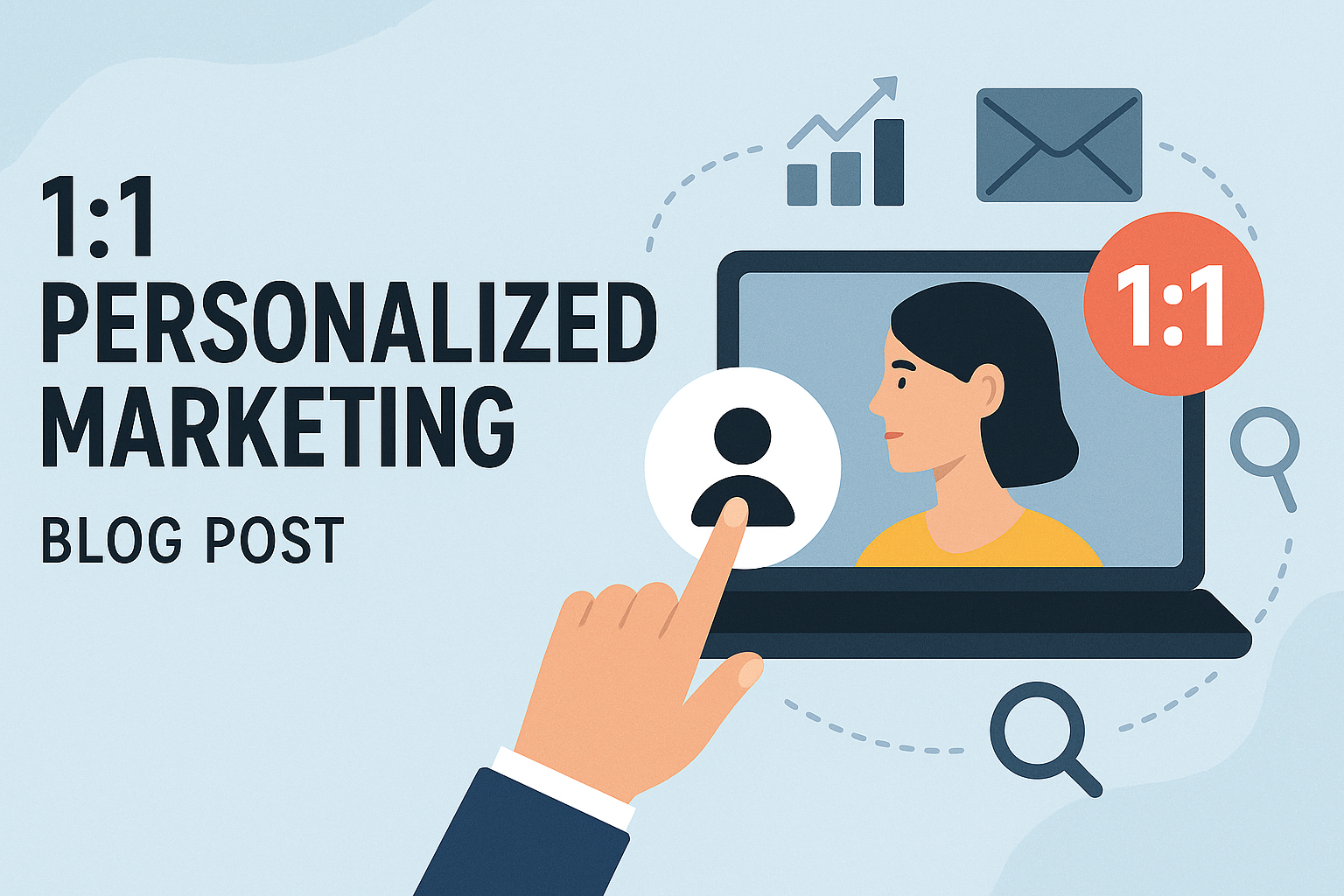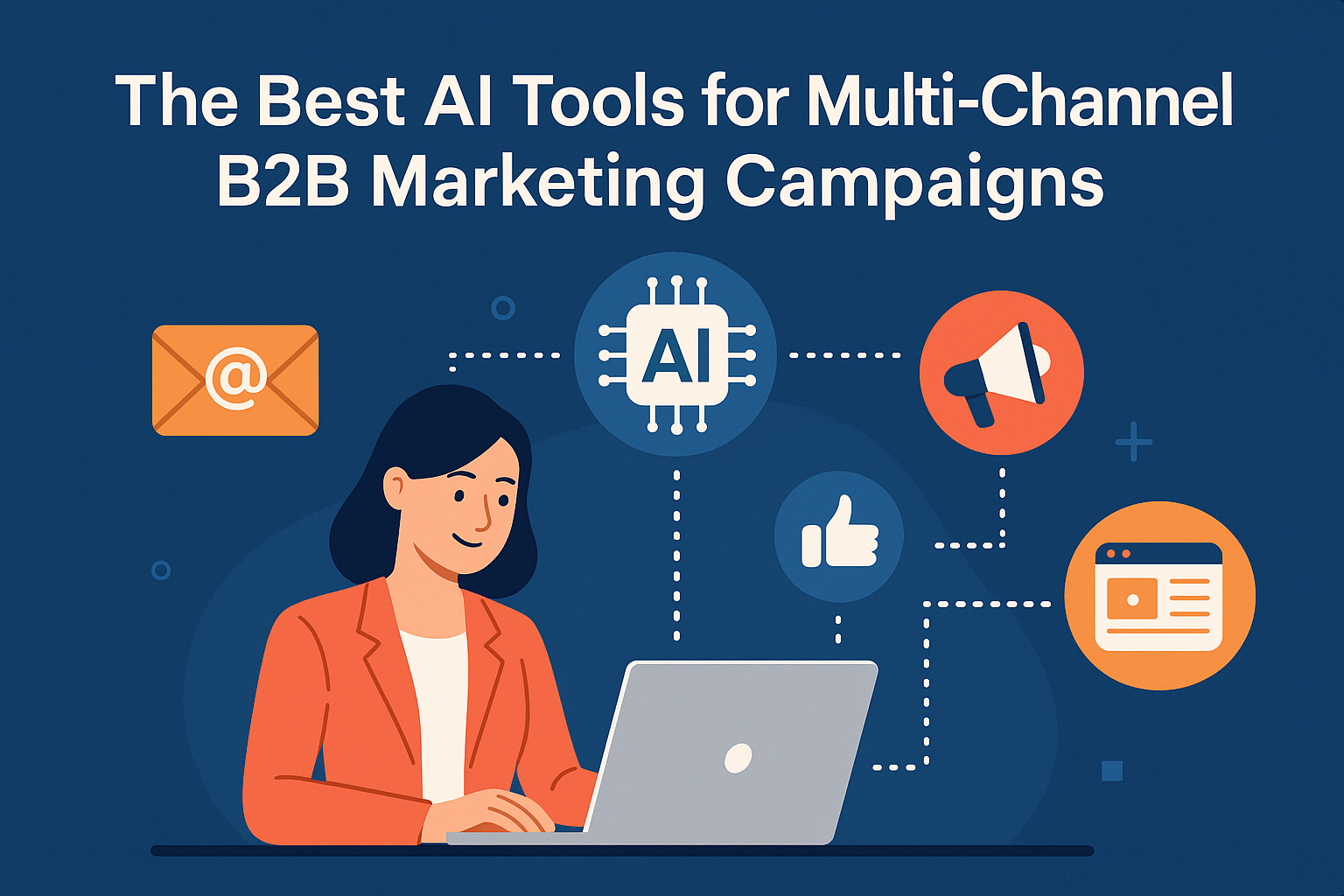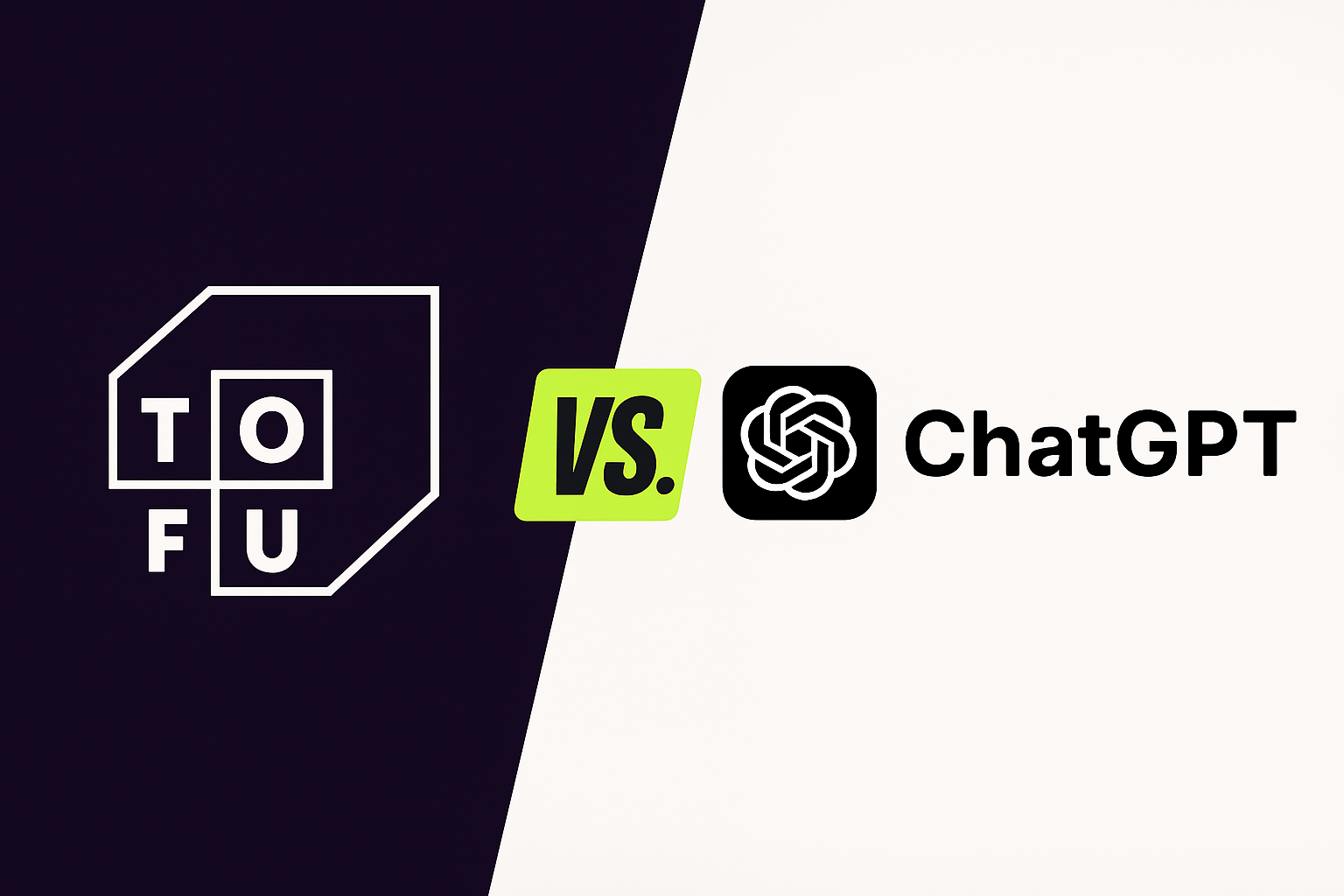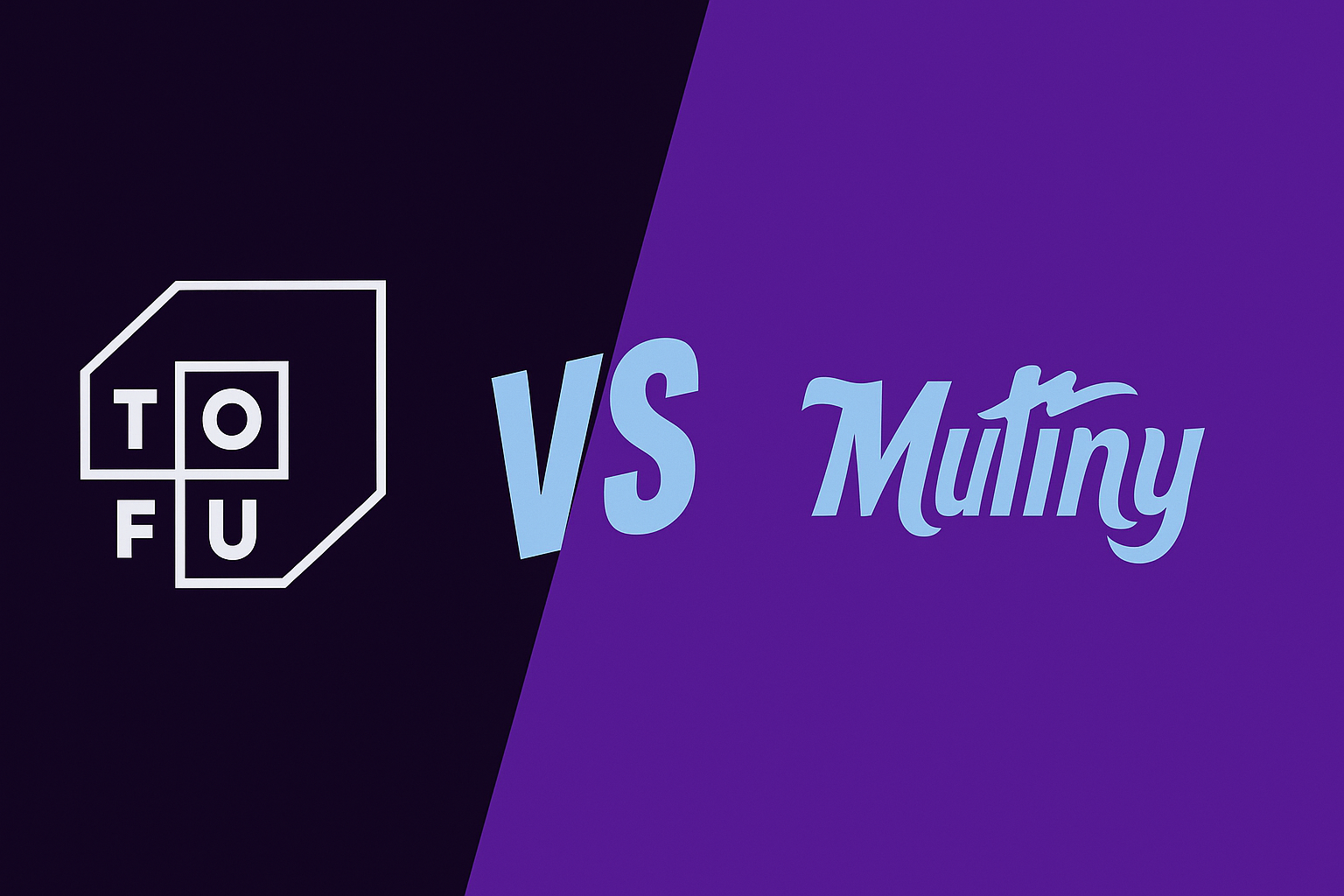Leveraging AI for SEO: Lessons Learned from HubSpot

In B2B digital marketing, staying ahead of the curve is essential for success. One of the most significant developments in recent years has been the rise of generative AI and its potential to revolutionize content creation and SEO strategies. In this blog post, we'll explore some valuable insights shared by Kieran Flanagan, current CMO at Zapier and former SVP of Marketing at HubSpot, on how he leveraged generative AI to drive growth and engagement.
AI: The Catalyst for Scale
The advent of AI has provided an unprecedented opportunity to fill content gaps at scale. For organizations with strong domain trust, like HubSpot, the impact on traffic can be substantial. However, Flanagan cautioned that it's crucial to navigate this landscape wisely. A rushed or unrefined use of AI runs the risk of leading to a saturation point, diminishing returns over time.
Beyond Quantity: Opting for Quality with AI
To truly leverage AI, it's vital to focus not just on quantity, but on the quality of the content generated. Inspired by Brian Dean's SkyScraper Technique, Flanagan shared that HubSpot saw the best results by fine-tuning AI models to not just generate content, but to enhance it. This includes adding context, integrating video and imagery, and overall, creating a richer, more engaging content experience. This approach not only serves the immediate goal of filling content gaps but does so in a way that is more likely to generate engagement and add real value for your audience.
Engagement: The Key to Long-Term Success
It's well-documented that Google's algorithm favors engaging content, utilizing engagement signals to refine search results. Therefore, creating content that fails to resonate with your audience is not a viable strategy for long-term success. That's why HubSpot's strategy pivoted to using AI in order to create content that not only ranked well but also meaningfully engaged and solved for the user.
Lessons for B2B Marketing Teams
For B2B marketing teams, the message is clear: generative AI holds immense potential for content generation and repurposing, but its power must be wielded with care. Lazy or untargeted use of AI is unlikely to yield the results you're looking for. Instead, focus on strategies that prioritize user engagement and content quality. Some key takeaways include:
- Use AI to enhance content, not just generate it. Add context, multimedia elements, and create a richer user experience.
- Focus on engagement metrics, not just traffic. Create content that resonates with your audience and solves their problems.
- Continuously refine your AI models based on performance data to improve the quality and relevance of your content.
- Stay ahead of the curve by experimenting with new AI tools and techniques, but always keep the user experience at the forefront.
The use of generative AI in content creation and SEO is not just about automating processes, but about enriching the user experience. By following the example set by HubSpot and focusing on quality, engagement, and continuous improvement, B2B marketing teams can harness the power of AI to drive growth and stay ahead in the competitive digital landscape. As AI continues to evolve, it's crucial to stay informed, experiment wisely, and always keep the needs of your audience at the heart of your strategy.
Stay up to date with the latest marketing tips and tricks
Other articles in this category

Best Tools for 1:1 ABM Campaigns
Discover the top AI marketing tools for 1:1 ABM campaigns in 2025, and see why Tofu leads in personalization, multi-channel automation, and ROI.Introduction
.svg)


Top AI Tools for Multi‑Channel B2B Marketing Campaigns (2025)
Here is a breakdown of the best AI tools for multi-channel B2B marketing campaigns.
.svg)

Tofu vs. ChatGPT: Which Should You Use for AI Marketing Campaigns?
For B2B marketers, generative AI is no longer optional—it’s essential. ChatGPT offers broad capabilities at a low cost. Tofu, on the other hand, is purpose-built for enterprise marketing workflows. Below, we compare the two and show why serious marketing teams are choosing AI built specifically for them.
.svg)

Tofu vs. Copy.ai: Which AI Marketing Platform Comes Out on Top?
Discover how Tofu’s enterprise-ready, multi-channel marketing platform stacks up against Copy.ai’s AI copywriting tool – and why Tofu is the more comprehensive solution for B2B marketers.
.svg)

Tofu vs. Jasper: Which AI Marketing Tool is Best?
Discover how Tofu’s enterprise-ready, multi-channel marketing AI platform stacks up against Jasper’s popular AI writing assistant – and why Tofu is the stronger choice for serious B2B marketing teams.
.svg)

Tofu vs. Mutiny: Which is Best for ABM Campaigns?
Tofu vs Mutiny: Which ABM platform comes out on top? Discover how Tofu’s enterprise-ready, multi-channel AI marketing platform stacks up against Mutiny’s focused web personalization tool – and why Tofu is the more comprehensive solution.
.svg)
.png)
Tofu vs. UserLed: Which ABM Platform Should You Use?
Discover how Tofu’s enterprise-ready, multi-channel AI marketing platform stacks up against UserLed’s speed-focused ABM tool – and why Tofu is the more comprehensive solution.
.svg)

Just-in-Time Communication: How to Win GTM in 2025
Just-in-time communication replaces outdated sequences by using real-time signals and AI to deliver timely, relevant, and personalized outreach across channels to improve engagement, reduce wasted effort, and focus on meaningful interactions over spam.
.svg)
Want to give tofu A try?
Request a custom demo to see how Tofu can supercharge your GTM efforts.
ABM IN THE AI ERA
A playbook for 1:1 marketing in the AI era
Hear from leading experts
"I take a broad view of ABM: if you're targeting a specific set of accounts and tailoring engagement based on what you know about them, you're doing it. But most teams are stuck in the old loop: Sales hands Marketing a list, Marketing runs ads, and any response is treated as intent."

"ABM has always been just good marketing. It starts with clarity on your ICP and ends with driving revenue. But the way we get from A to B has changed dramatically."
.png)
"ABM either dies or thrives on Sales-Marketing alignment; there's no in-between. When Marketing runs plays on specific accounts or contacts and Sales isn't doing complementary outreach, the whole thing falls short."

"In our research at 6sense, few marketers view ABM as critical to hitting revenue goals this year. But that's not because ABM doesn't work; it's because most teams haven't implemented it well."
.png)
"To me, ABM isn't a campaign; it's a go-to-market operating model. It starts with cross-functional planning: mapping revenue targets, territories, and board priorities."

"With AI, we can personalize not just by account, but by segment, by buying group, and even by individual. That level of precision just wasn't possible a few years ago."
%201%20(1).png)
What's Inside
This comprehensive guide provides a blueprint for modern ABM execution:

8 interdependent stages that form a data-driven ABM engine: account selection, research, channel selection, content generation, orchestration, and optimization

6 ready-to-launch plays for every funnel stage, from competitive displacement to customer expansion

Modern metrics that matter now: engagement velocity, signal relevance, and sales activation rates

Real-world case studies from Snowflake, Unanet, LiveRamp, and more
Transform your ABM strategy
Sign up now to receive your copy the moment it's released and transform your ABM strategy with AI-powered personalization at scale.
Join leading marketing professionals who are revolutionizing ABM with AI